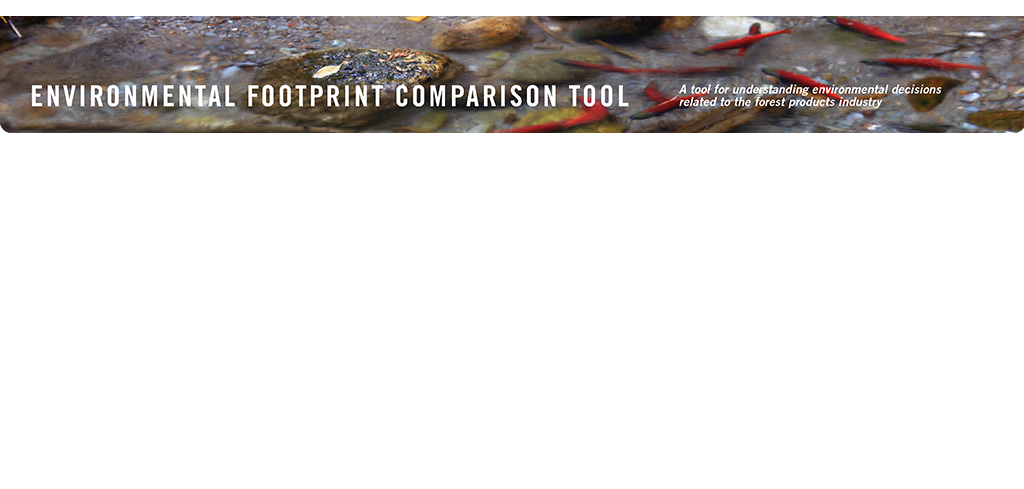
Effluent discharge limitations derived from national technology-based standards for biochemical oxygen
demand (BOD), total suspended solids (TSS) and toxic pollutants have had a prominent role in improving
water quality in North America. In spite of this progress, along with a sustained effort to impose more
stringent discharge limitations where required, water quality impairment persists in some areas. Industrial
point sources continue to contribute to that impairment, but are only one of many possible contributors.
In the vast majority of cases, current industrial effluent limitations for BOD and TSS are sufficient to meet
associated water quality objectives. More stringent limitations may be called for where water quality
needs dictate, but in general, additional reduction in BOD or TSS beyond current industrial effluent
limitations will not have a substantial effect on receiving environments.
Mill contributions to water quality impairment are sufficiently isolated that any remaining concerns are
typically pursued on a company- and mill-specific basis.
Follow the links to the right for more information.

More information:
Receiving water quality
Dissolved oxygen and turbidity
Association between BOD and TSS and impaired water quality
- WATER
- ENERGY
- GREENHOUSE GASES
- CHLORINATED COMPOUNDS
- WOOD USE
- ODOR
- EMISSIONS TO AIR
- DISCHARGE TO WATER
- SOLID WASTE
- Lowgrid10
- Lowgrid11
- Lowgrid13
- Lowgrid15
- Lowgrid16
- Lowgrid21
- Lowgrid22
- Lowgrid23
- Lowgrid24
- Lowgrid26
- Lowgrid27
- Lowgrid28
- Lowgrid29
- Lowgrid30
- Lowgrid31
- Lowgrid32
- Lowgrid33
- Lowgrid35
- Lowgrid37
